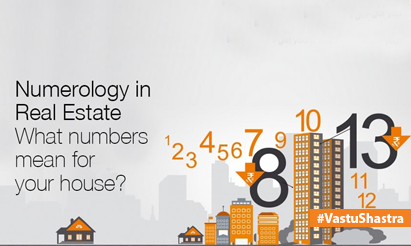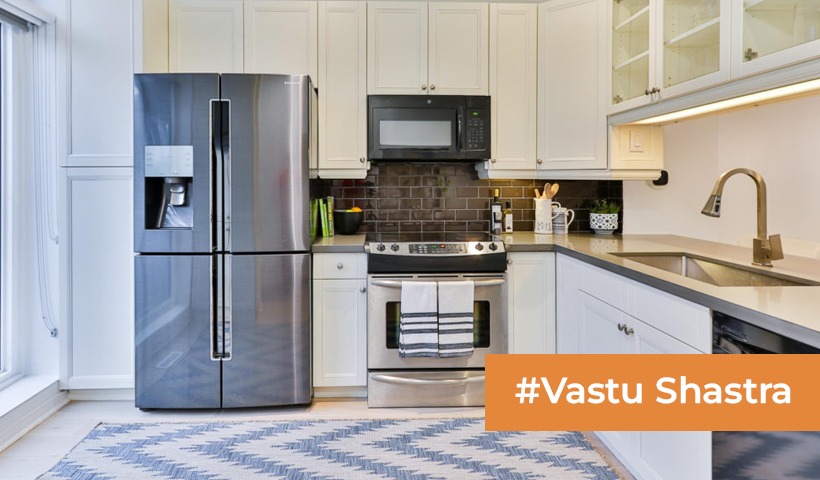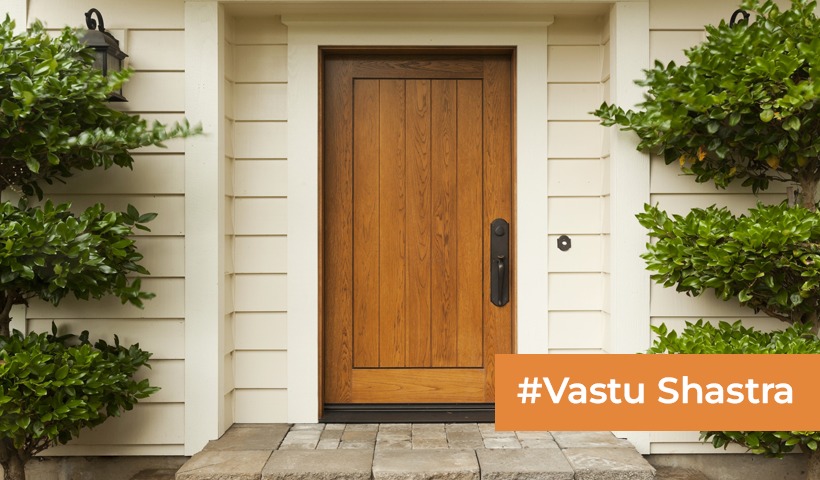Vastu for Flats and Apartments: A Comprehensive Guide to Harmonious Living
In the quest for balanced and harmonious living, many individuals are turning to Vastu Shastra, an ancient Indian science that guides the design and layout of living spaces. Vastu principles are believed to bring positive energies into homes, fostering well-being and prosperity. In this in-depth guide, we will explore the tips and recommendations for implementing Vastu in flats and apartments, drawing insights from the latest news and sources to provide readers with a comprehensive understanding of this age-old practice.
Understanding Vastu Shastra:
Vastu Shastra, rooted in ancient Indian traditions, is a holistic approach to architecture and design. The word “Vastu” itself means dwelling, and the principles of Vastu aim to create living spaces that are in harmony with the natural elements and cosmic energies. The foundational idea is that the arrangement and alignment of elements within a space can impact the well-being, success, and overall happiness of its occupants.
Key Vastu Tips for Flats and Apartments:
- Entrance and Main Door: The entrance of a flat or apartment holds significant importance in Vastu. It is advised that the main door faces a favorable direction, such as north, northeast, or east. A well-lit entrance with a threshold free of obstacles is considered auspicious, allowing positive energy to flow into the home.
- Directional Placement: Each direction is associated with specific energies and elements in Vastu. While planning the layout of rooms and furniture, it is recommended to align them according to Vastu directions. For example, the master bedroom is ideally located in the southwest direction for stability and harmony.
- Colors and Décor: Vastu suggests using specific colors to enhance the energy of different rooms. Earthy tones like beige and brown are recommended for the living room, while soft pastels can be used in bedrooms. Avoiding overly dark or bright colors is advised to maintain a soothing atmosphere.
- Kitchen Placement: The kitchen, often considered the heart of the home, should ideally be located in the southeast corner. This direction is associated with the fire element, and placing the kitchen here is believed to enhance positive energy related to nourishment and prosperity.
- Bedroom Orientation: The orientation of the bed in the bedroom is crucial for a good night’s sleep and overall well-being. Placing the bed with the head towards the south is considered favorable, as it aligns with the Earth’s magnetic field and promotes restful sleep.
- Balconies and Windows: Proper placement of balconies and windows is essential for allowing natural light and fresh air to enter the home. Balconies facing north or east are considered auspicious, while excessive openings on the south or west sides should be avoided to prevent excessive heat.
- Vastu Remedies: In some cases, adjustments or remedies may be recommended to address Vastu imbalances. This could include the use of mirrors, crystals, or specific symbols to counteract negative energies. Consulting a Vastu expert can provide personalized recommendations based on the unique characteristics of the living space.
Latest Trends and News in Vastu:
As Vastu continues to gain popularity globally, the latest trends in interior design often incorporate Vastu principles to create harmonious living spaces. Modern architects and interior designers are increasingly integrating Vastu-compliant features into their projects, acknowledging the demand for homes that go beyond aesthetics to promote holistic well-being.
In recent news, there has been a growing awareness of the benefits of Vastu in urban living. Real estate developers are incorporating Vastu principles into the design of new residential projects, recognizing the appeal of homes that align with ancient wisdom. Additionally, the availability of Vastu-compliant home décor and furnishings has surged, catering to individuals who wish to enhance their living spaces in accordance with Vastu principles.
Challenges and Considerations:
While Vastu offers valuable guidelines for creating harmonious living spaces, it is essential to approach it with an open mind and a sense of practicality. Adhering strictly to Vastu principles may not always be feasible, especially in pre-existing structures or limited spaces. In such cases, a balanced approach that takes into account individual preferences and needs is recommended.
It’s important to note that Vastu is a subjective science, and interpretations may vary. What works for one individual or family may not necessarily work for another. Therefore, while Vastu principles can serve as valuable guidelines, personal intuition and comfort should also play a role in decisions related to home design and layout.
Conclusion:
Vastu for flats and apartments provides a holistic approach to creating living spaces that promote positive energy, harmony, and well-being. As individuals increasingly recognize the importance of a balanced and nurturing home environment, the principles of Vastu continue to influence modern living trends and design practices.
By incorporating Vastu tips into the layout, décor, and orientation of their homes, individuals can create spaces that not only appeal aesthetically but also contribute to their overall physical and mental health. As Vastu gains traction in contemporary living, it serves as a bridge between ancient wisdom and modern aspirations, offering a blueprint for homes that resonate with positive energies and prosperity.
Disclaimer: The views expressed above are for informational purposes only based on industry reports and related news stories. PropertyPistol does not guarantee the accuracy, completeness, or reliability of the information and shall not be held responsible for any action taken based on the published information.




